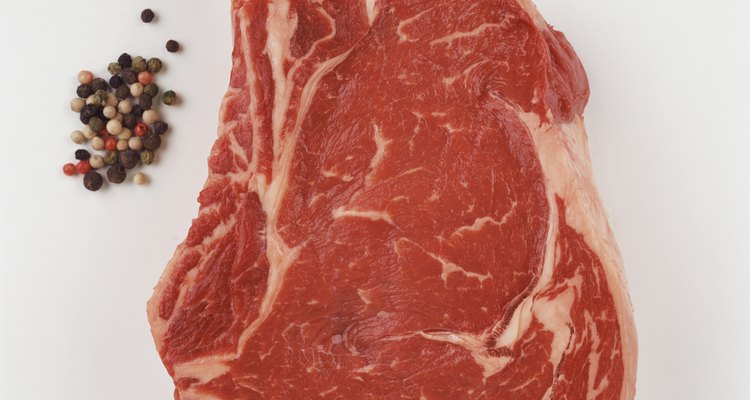
Ribeye steaks are prized -- and priced -- for their rich, creamy marbling, the fat inside the muscle that only needs to be heated enough to liquefy and lubricate each morsel. Cooking the steak to medium-rare gently melts the marbling, while cooking to medium-well or above is tantamount to frying a cheap sirloin in expensive fat -- the fat renders out, the steak gets tough, and you end up with dry meat. Unlike the harsh flames of a grill, which burn the fat and create charring that masks the steak's true flavor, griddles gently coax marbling into saturating the ribeye's interior, leaving a pristine taste. Basting the steak with butter and frequently turning it lets it gradually develop a golden-brown crust while the inside cooks, unlike high-heat searing that produces a great golden-brown crust, but at temperatures too high to cook a ribeye all the way through without burning the outside. The milk solids in butter caramelize during the process, which adds a great depth of flavor and color.
Step 1
Remove the ribeye steak from the refrigerator and pat the moisture off both sides with a paper towel. Let the ribeye warm to room temperature on a plate, about 20 minutes.
Step 2
Set up a stand-alone electric griddle or one built into your stovetop by lightly oiling it and turning the heat to medium, or 350 degrees Fahrenheit. Set a griddle accessory made for the stove over two of the burners and set the heat for both to medium. Lightly oil the griddle if it isn't cast-iron. Position a griddle made for a gas grill on the grill grate and set the burners to medium, or 350 degrees. For a charcoal grill, spread the prepared charcoal evenly in the tray, replace the grill grate and place the griddle on top of it.
Step 3
Place a saucepan containing several tablespoons of butter on the griddle while it heats up. Remove the saucepan when the butter melts and set it close by.
Step 4
Season the ribeye steak to taste on both sides. Use a little more seasoning than you normally would if you have a thick-cut ribeye, or one that measures 1 1/2 inches thick or more.
Step 5
Lay the ribeye on the griddle. Sear the ribeye for one minute on each side without lifting it up to check how it's doing. Use tongs or a spatula to turn the steak so you don't puncture it and lose the juices.
Step 6
Spoon a tablespoon or so of melted butter on top of the steak, cook it for 30 to 45 seconds, and turn it over. Baste the top of the ribeye again, cook it for 30 to 45 seconds, and turn it over.
Step 7
Continue basting, cooking for 30 to 45 seconds and turning the ribeye over, for a total of 10 minutes if preparing a 1-inch-thick boneless ribeye, and 12 minutes if preparing a 1-inch-thick bone-in ribeye, to reach medium-rare, or an internal temperature of 130 degrees. Add an extra five minutes of total cooking time for every additional 1/2 inch of thickness.
Step 8
Lift the steak from the griddle and insert a meat thermometer in its side to check the internal temperature, if desired. Note that the internal temperature rises a few degrees during the resting period, so you can pull it a few degrees short of your target doneness.
Step 9
Remove the ribeye from the griddle and place it on a plate to rest for 15 minutes per pound before cutting into it.
Related Articles
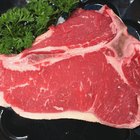
Ways to Cook T-Bones Indoors

How to Grill a Ribeye on a Weber Q
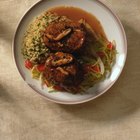
How to Broil Filet Mignon Wrapped in ...
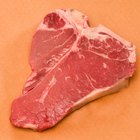
How to Broil Strip Steak
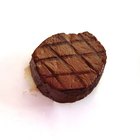
How to Grill a Medium Filet Mignon
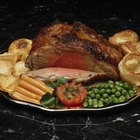
How to Cook a 15-Pound Rib Roast
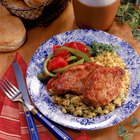
How to Cook Pork Chops on an Electric ...

How to Cook Boneless Top Chuck Steak in ...
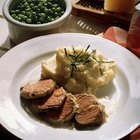
How to Cook Marinated Pork Loin From a ...
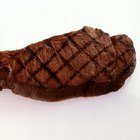
How to Cook a Thin Cut New York Steak

Hamilton Beach Panini Directions
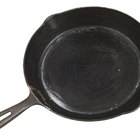
How to Cook Veal Sirloin

Ways to Cook Sliced Rib-Eye Roast
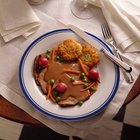
How to Prepare Chuck Tender Roast
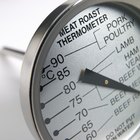
How to Cook Pork Tenderloin With ...
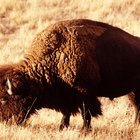
The Best Way to Prepare Bison Sirloin
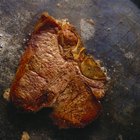
How to Cook Churrasco Steak in a Pan

How to Cook Steak on FlavorWave

How to Grill Hamburgers in the Oven
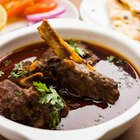
How to Cook a Goat Shoulder
References
Warnings
- Don't oil cast-iron griddles.
- The U.S. Department of Agriculture recommends cooking beef to a minimum internal temperature of 145 degrees F.
Writer Bio
A.J. Andrews' work has appeared in Food and Wine, Fricote and "BBC Good Food." He lives in Europe where he bakes with wild yeast, milks goats for cheese and prepares for the Court of Master Sommeliers level II exam. Andrews received formal training at Le Cordon Bleu.
Photo Credits
Digital Vision./Photodisc/Getty Images